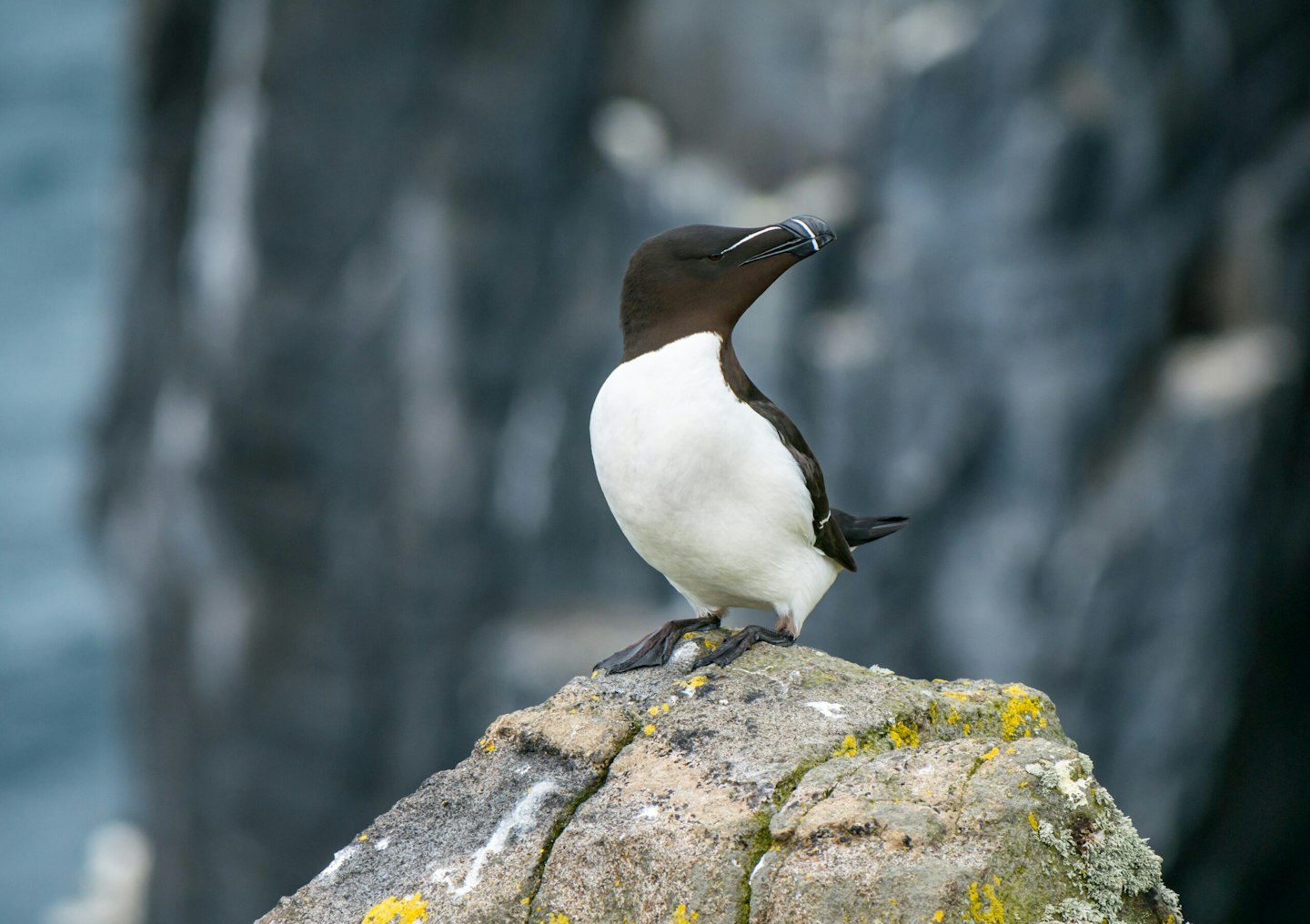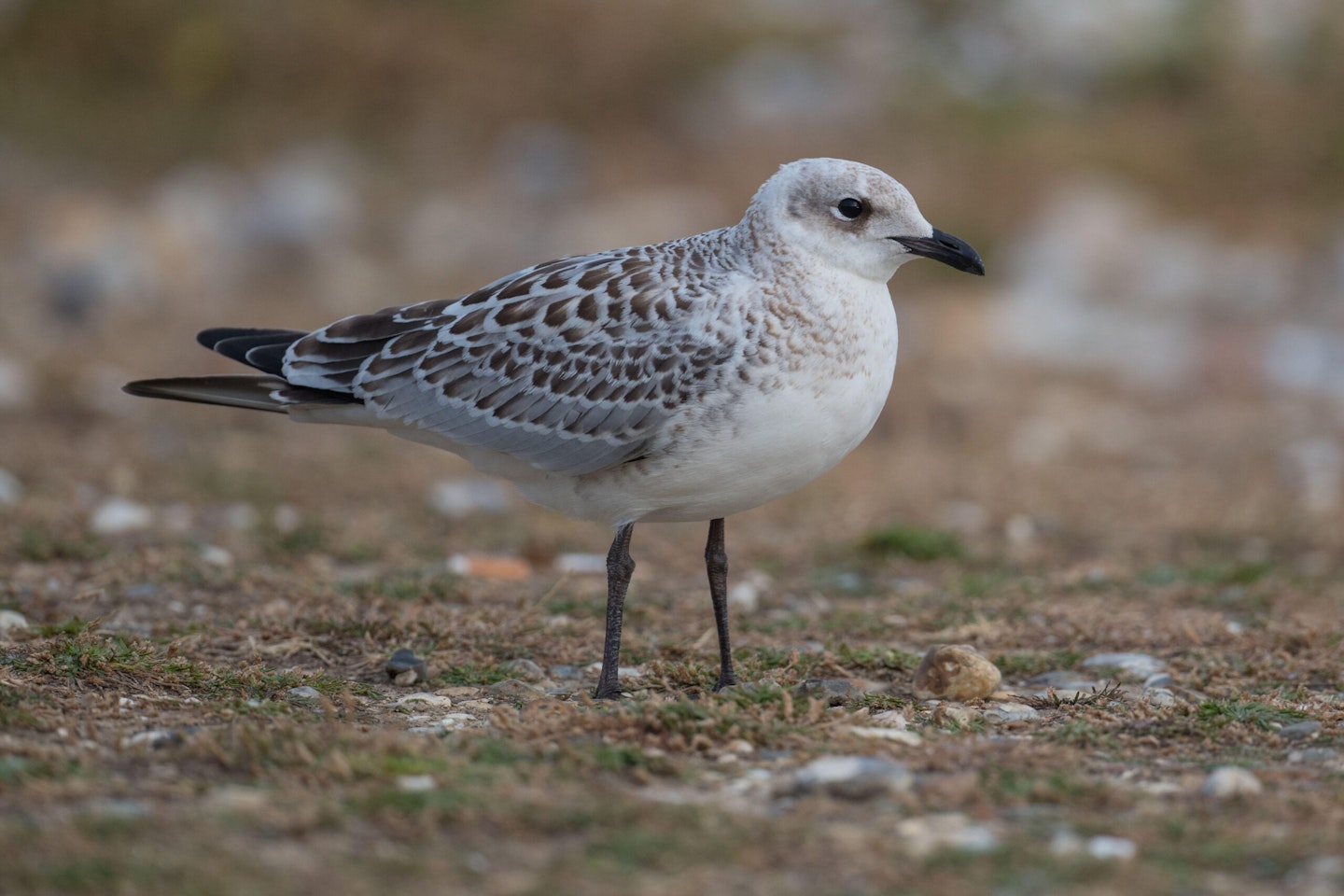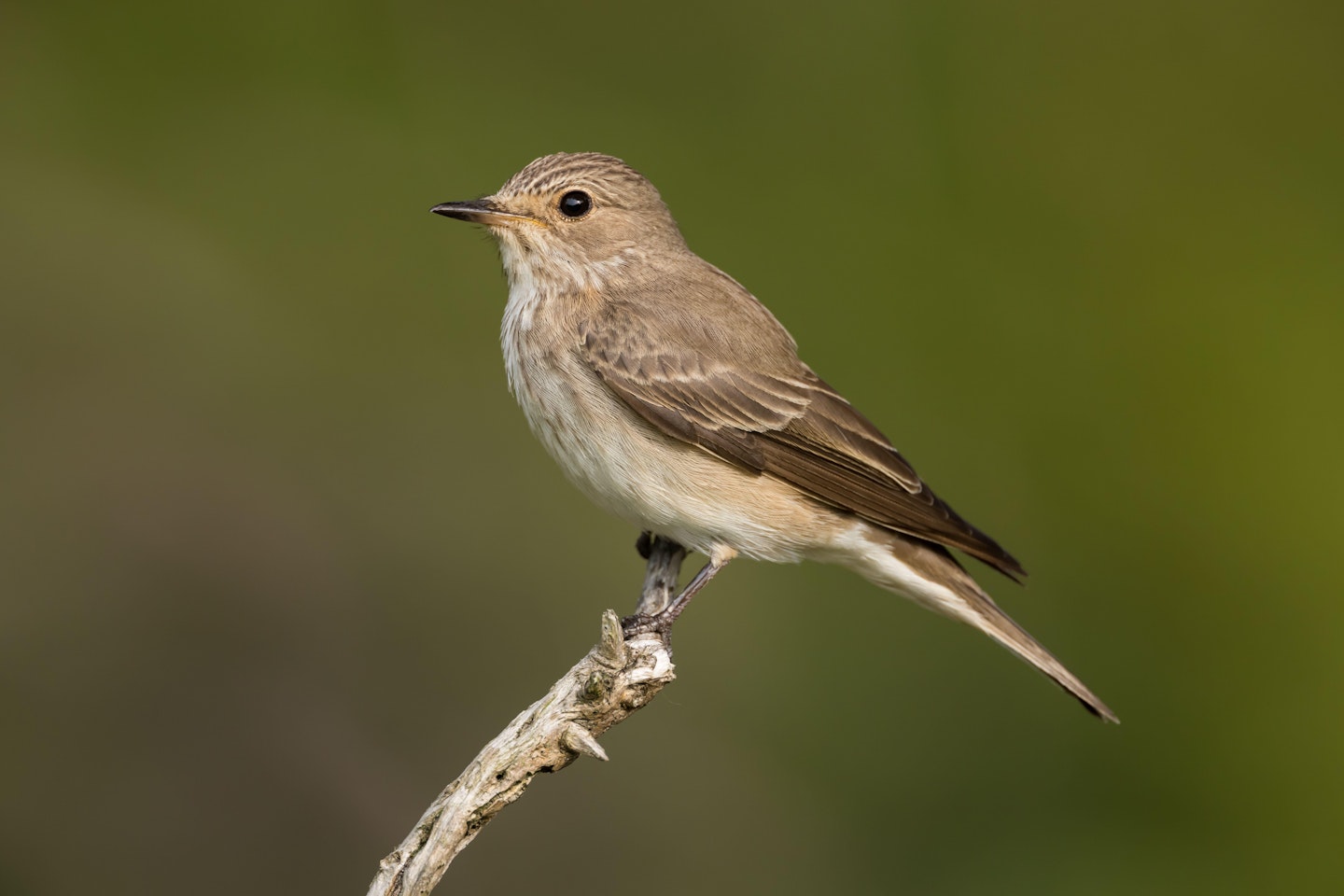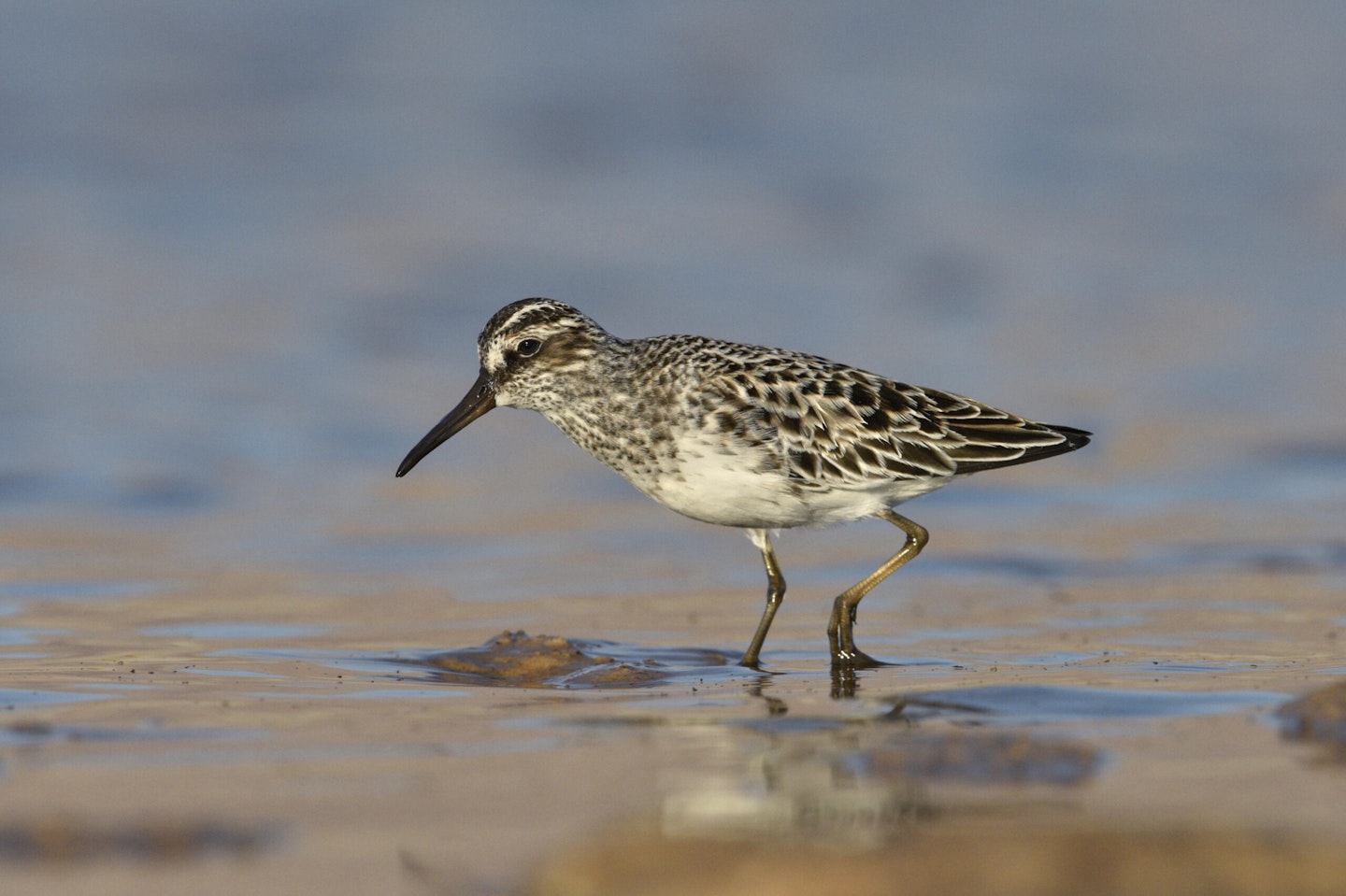We are now into the second half of the year. It may not seem it, but these summer days are getting slightly shorter. Baby birds have reached or are getting to full size, and some arctic breeding birds will already be flying south. Here are five July classics to enjoy.
Peregrine
When many of us were fledgling birders Peregrines were scarce, localised birds of far-off remote rocky outposts. Devastated by the effects of DDT, the UK population was fewer than 400 pairs in the early 1960s. These days, they have massively expanded their range and population, with 1,750 pairs many of which are in lowland areas and even cities. These magnificent, powerful falcons are a familiar sight for many, even the urban birders amongst us. In July, look out for fully grown juveniles (notably browner than their parents) learning and refining their hunting skills, perhaps while still begging for a feed from their parents – the food being other birds.
Razorbill

The beautiful Razorbill is the closest thing we have to the original ‘penguin’ the extinct Great Auk. About half of the million or so breeding pairs are in Iceland, but we also have a significant chunk, with a whopping and globally significant 165,000 pairs around UK coasts (though this pales in comparison with the 950,000 pairs of Guillemots). Like Guillemots, Razorbills are cliff nesters, though will nest among boulders and not packed onto ledges like its browner, thinner-billed cousins.
Juvenile Mediterranean Gull

Gulls are not the most loved of birds, but Med Gulls are special birds full of beauty and elegance as well as character. They are largely coastal nesters, peaking with somewhat surprising 2,400 UK pairs in 2018. July is a time for looking for wandering juveniles among flocks of Black-headed Gulls on your local pits and water bodies or even feeding on farmland. While juvenile Black-headed Gulls can look a bit scruffy, juvenile Meds are handsome birds, with an almost Turtle Dove-like fringing on the mantle and wings, in fresh plumage.
Spotted Flycatcher

The subtle and graceful Spotted Flycatcher is an LBJ which has undergone a terrible 97% decline in its UK breeding population in the last 60 years, with just 42,000 pairs (in 2016) nesting. It is a little unfair to call them LBJs, as though they are a little nondescript in plumage (and not really even ‘spotted’, apart from as juveniles), they are pretty unmistakable in their chosen habitat. The swooping sally of a Spotted Flycatcher to catch a insect with an audible snap of the bill then return to the same perch, is one of the joys of summer in woodland. Go and make the most of Spotted CFlycatcher sightings before they disappear for ever.
Broad-billed Sandpiper

The little Broad-billed Sandpiper (smaller than a Dunlin, larger than a stint) is a tiddler of a Calidris sandpiper which is only a very scarce, or rare visitor to the UK (with only a few records per year), these days (from the breeding grounds in Scandinavia). It is small and dark, with a long, down-curved bill, a bit like that of a Dunlin, with a distinctive ‘split supercilium’. Find one by searching meticulously through flocks of their larger cousins.
Subscribe to Bird Watching Magazine today and never miss an issue! Choose Print+ and you will receive 13 issues delivered straight to your door with FREE UK delivery plus digital access on your smart devices. View our latest offers here
